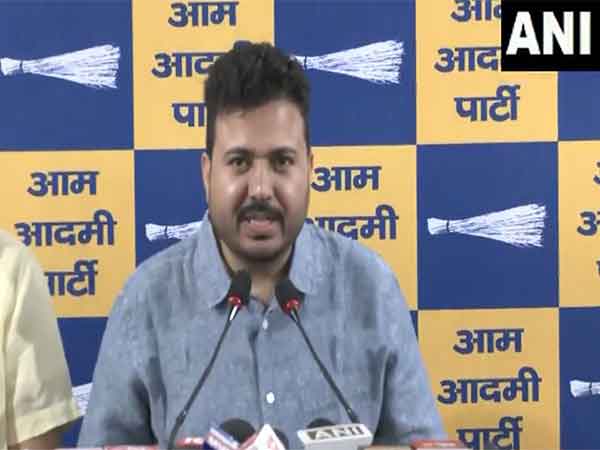How is RBI making Digital Lending safer with P2P Platforms?
Dec 24, 2022

New Delhi [India], December 24 (ANI/PNN): Peer-to-peer deviates from the typical lending process in which borrowers request loans through conventional financial institutions. Individuals can borrow money from others using a P2P lender via an online marketplace. P2P lending is a relatively new type that offers investors an alternative to traditional assets like stocks and bonds regarding earning returns. P2P loans are sponsored by private investors who sign up for accounts and choose which loans to fund, unlike large financial institutions that fund loans with huge pockets. P2P lending, in laymen's terms, is a monetary agreement between a lender and borrower without the involvement of any financial institutions in between, such as a bank. The online company facilitating this Peer to Peer exchange will act as the risk mitigator between these two parties by adequately assessing their eligibility in these digital transactions.
A benefit that stands out for both sides is that lenders can earn much higher returns than savings or investment options from banks, and borrowers can potentially borrow money at lower interest rates. Sharing about how RBI Makes Digital Lending safer, Shree Consultants Founder Kishore Subramanian says, "What began as a 'breath of fresh air type of alternative to the age-old traditional methods of lending and borrowing money has completely revolutionized the financing industry today. With the advent of 'Digital India', the rapid growth of technology and digitization has carved a wide scope of market development. It is crucial to note that Peer to Peer platforms can only function legally if approved by the RBI (Reserve Bank Of India). This hurdle to proving the authenticity of a P2P platform will allow Lenders and borrowers to trust the same with confidence and will void the fear of potential fraud."
The distinction between borrowing and lending on P2P platforms is that if one borrows money from a P2P Platform, then he or she can apply for a Loan of up to INR 10 Lakhs on P2P Platforms. All standard KYC documents, such as Aadhar Cards, PAN Cards, etc., will be required. Apart from the CIBIL score, P2P Platforms will use different indicators to gauge the loan seekers, such as past performance, stability, and intention of the borrowers who are evaluated through documents such as salary slips, ITRs, bank statements, balance sheets etc. After the P2P platform completes the above verification process, the loan parameters are set. These parameters are the loan amount, rate of interest, and loan tenure. After this, the loan will be granted and given within a few business days.
While for lending money on a P2P platform, any person, firm, HUF society or external body with a valid bank account and PAN card can lend money on a P2P platform. Lenders can choose to invest any amount from Rs 500 to Rs 25 Lakhs on a P2P lending platform. If a lender wants to give an amount more than Rs 10 Lakhs, they must produce a certificate from a CA certifying their minimum net worth of at least Rs 50 Lakhs. Lenders are strongly advised to verify if the platform is registered as a P2P lender with the RBI.
Peer-to-peer financing, and more specifically, P2P platforms, have given Small and Medium-sized Enterprises (SMEs) an invaluable advantage by giving them a distinctive alternative with practical repayment alternatives. These platforms and their capacity to provide loans electronically have become more well-known due to the pandemic. Government restrictions and the use of blockchain technology have functioned as a driver for the growth of P2P platform trust.
This story is provided by PNN. ANI will not be responsible in any way for the content of this article. (ANI/PNN)




















